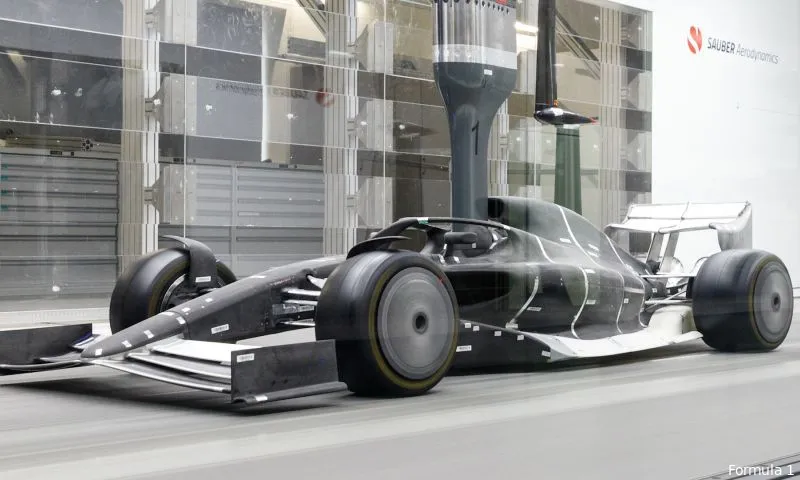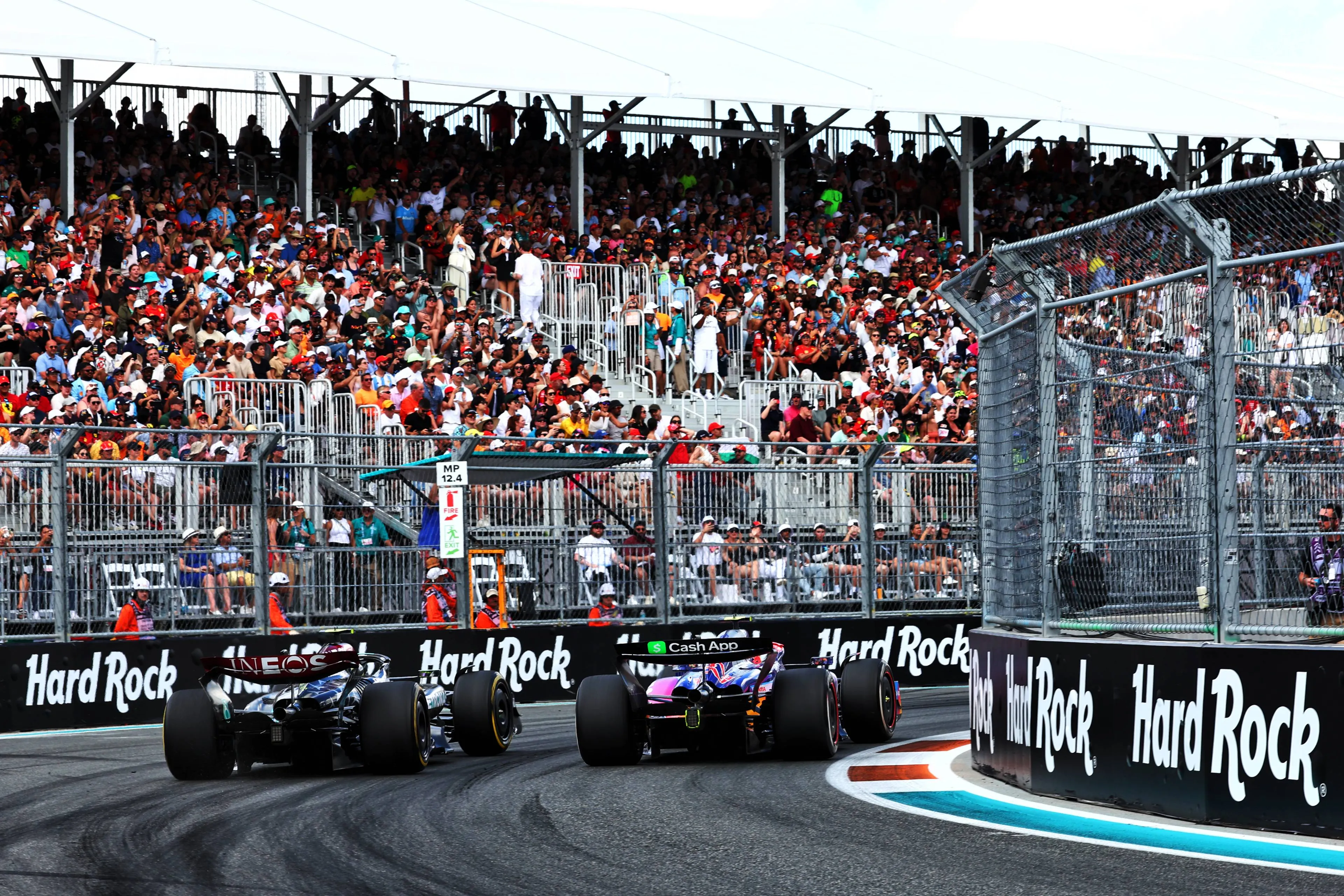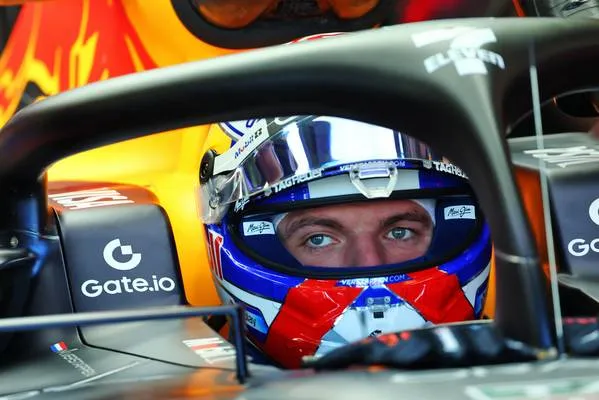New Formula 1 regulations: This is how the handicap system for aero-testing works
10:45, 28 May 2020
0 Comments
On Wednesday evening, Formula 1 announced new rules that will mainly take effect from 2021. The budget cap was the most important hobbyhorse of much smaller teams, but the scaled development time is perhaps the most innovative. Read all about this rule here.
The budget cap is step 1
The budget cap is initially intended to bring the field of participants closer together from 2021 onwards. The top teams will no longer be able to throw their money around freely now that the amount has also been reduced to 145 million dollars, it will come closer and closer to the amount the smaller teams are already spending.
Because marketing costs, drivers' salaries and the salaries of the three most expensive staff members do not count, the top teams will always prevail, but the field is getting closer to each other. In order to achieve this technically a unique concept has been devised. Where other motorsport classes sometimes choose for a handicap by putting weight in the car of the previous winner, this went against the development DNA of F1.
The Formula 1 scale
Formula 1 has come up with something unique. From 2021 teams will only have a limited amount of time in the wind tunnel and less CFD. In the past, these tests were used non-stop and top teams often let the tests run 24/7, where the smaller teams are not able to do so. These tests can just give you the insight to make the car faster and so multiple tests are an advantage.
To prevent this from happening, a rule was set for 2020 that teams were only allowed to do 65 tests in one year. Because of this it is the same for everyone, but the question is whether the smaller teams will get those numbers. From 2021 onwards, the number of test possibilities will be further limited and the smaller teams will even get an advantage.
Based on the manufacturer's result of 2020, a ranking will also be made for the number of tests a team is allowed to do. 100 percent is 40 tests a week, but not everyone is allowed to test 100 percent. For example, the 2020 champion will only be allowed to test 90 percent in 2021, which means that there will be 36 tests per week.
Problems for the top teams?
This rises to the number ten, who is allowed to test 112.5 percent and can therefore test 45 times a week. So if the test would be based on 2019, then in 2020 Mercedes would only be allowed to use the wind tunnel and CFD 36 times a week, where Williams can use them 45 times a week. In this way, Formula 1 hopes to bring the teams together in a natural way.
However, this could mean that a 2020 championship team can suddenly fall behind in 2021, but something has been thought of for that as well, because in June the balance will be taken up again. So after the summer break, we will no longer look at the ranking of 2020, but at the ranking that was made in the summer break halfway 2021.
From 2022 onwards, the measures will be tightened even further. Then a number one will only get 70 percent of the tests and thus 28 tests in the week, where the number ten will even get another one, with 46 tests per week. The goal of Formula 1 is to bring the teams closer together in this way.
Now teams use the fully allowed 65 tests per week and certainly the top teams will miss the lack of these tests. But there is still a difference, because with all the collected data from the past, a wind tunnel or CFD test from Mercedes will still be more efficient than that of Haas. With more chances, however, Haas now has the ability to bridge the gap.
| Teams' previous position in the rankings | Percentage of 40 tests in 2021 | Percentage of 40 tests in 2022 |
|---|---|---|
| 1 | 90% | 70% |
| 2 | 92,5% | 75% |
| 3 | 95% | 80% |
| 4 | 97,5% | 85% |
| 5 | 100% | 90% |
| 6 | 102,5% | 95% |
| 7 | 105% | 100% |
| 8 | 107,5% | 105% |
| 9 | 110% | 110% |
| 10 | 112,5% | 115% |
Read more about:
Popular on GPBlog

1
Red Bull confirms! Verstappen misses media day due to baby's upcoming arrival
43097 times read

2
Verstappen and Kelly become parents? Indications of child birth are increasing
4358 times read

3
Ferrari's brand new special livery represents a 'first time' for the team at the Miami Grand Prix
3069 times read

4
Kelly Piquet Pays Tribute to Daughter: 'We Will Always Cherish
2115 times read












